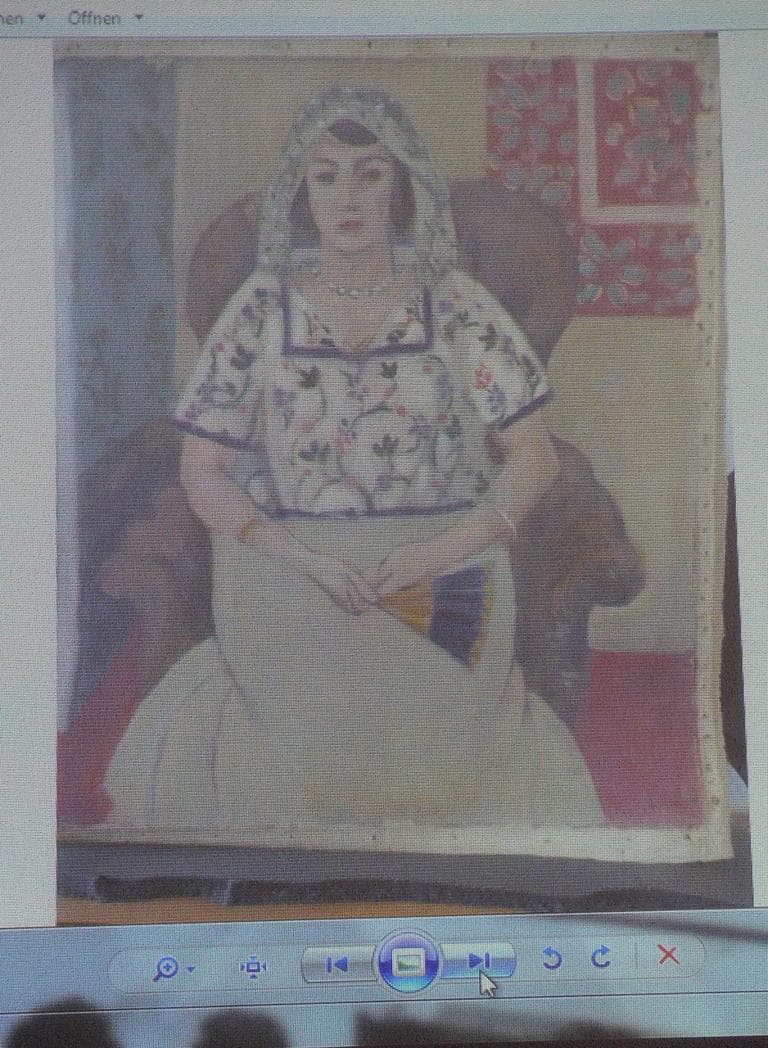Advertisement
Questions Remain About Nazi-Looted Art Trove
Resume
German authorities are not saying where they're currently keeping 1,400 works of Nazi-looted art. A German magazine on Sunday reported the artwork was found in a filthy Munich apartment last year.
The recovery of works by Picasso, Matisse, Renoir and other artists is being called the most important discovery of Nazi-looted art since the end of World War II.
Police uncovered the artwork as part of a routine tax investigation that began with the arrest of a suspicious man on a train from Zurich to Munich in 2010. The man is believed to be Cornelius Gurlitt, the son of an art dealer who was one of a handful of dealers designated to sell what the Nazis called "degenerate" art during the war.
Owners of artwork stolen by the Nazis are demanding to see a full list of the works, to determine if police have found the art their families previously owned.
Lawyer Nicholas O'Donnell, who specializes in legal issues in the museum and art world, joins Here & Now's Jeremy Hobson.
Guest
- Nicholas O'Donnell, leader of the Art & Museum Law Group at Sullivan and Worcester law firm. He's also editor of the firm's blog Art Law Report.
This segment aired on November 6, 2013.